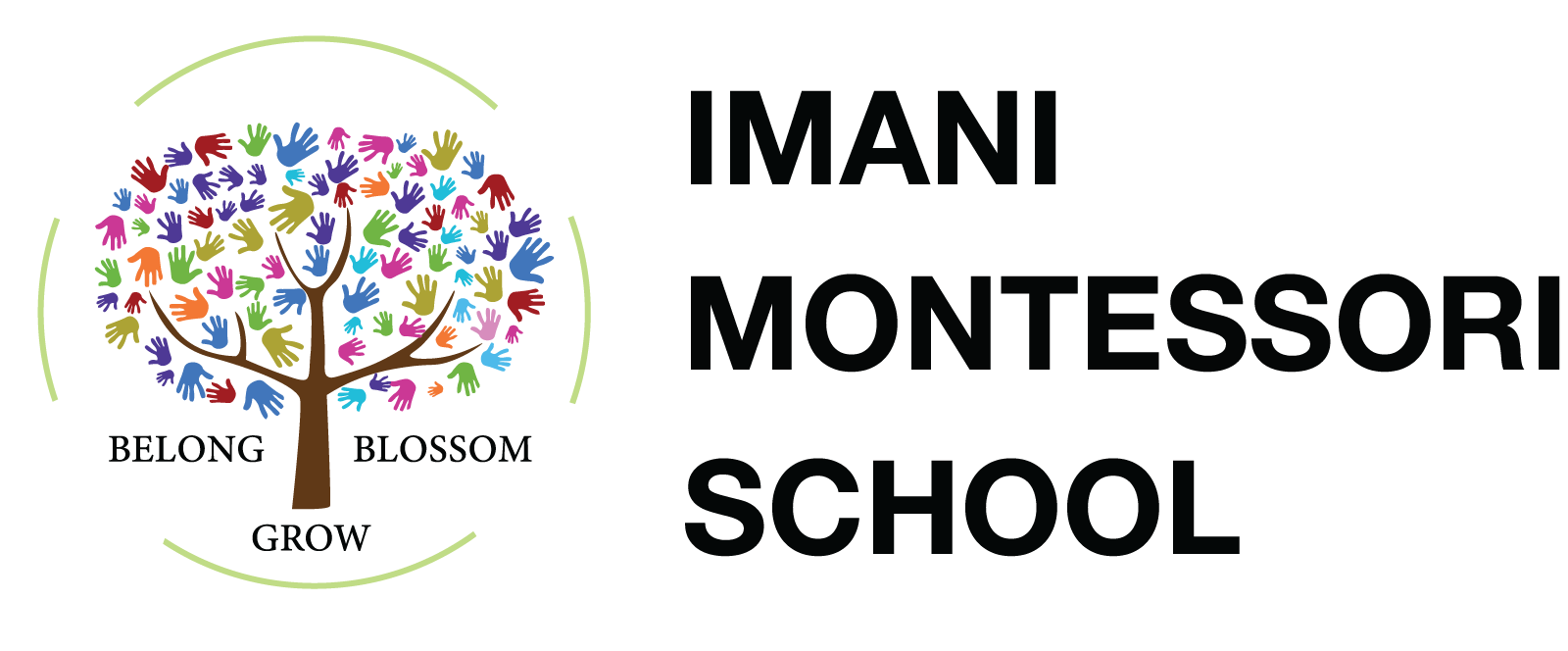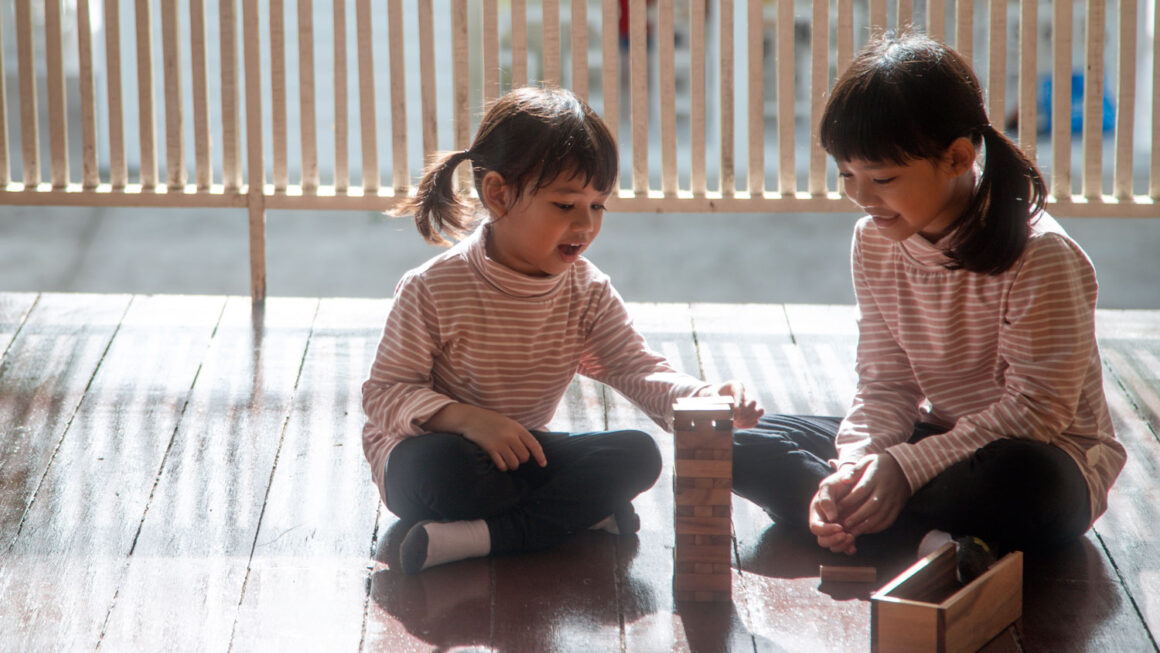From birth, children are scientists of the senses. They learn by touching, tasting, smelling, listening, and seeing, and in Montessori, we treat the refinement of these senses as serious, purposeful work.
In the Montessori classroom, this work is gathered under the Sensorial curriculum area. These are not random sensory experiences but carefully designed activities that help the child organise, categorise, and refine their impressions of the world. Montessori saw the senses as “the explorers of the world” and the mind as the “storehouse of impressions.” Sensorial work is how we help the child fill that storehouse with clear, ordered information.
Why train the senses?
Refining the senses is not an end in itself. It is preparation for the higher-level thinking required in reading, writing, mathematics, and scientific observation. Before a child can recognise the subtle differences between the letters b and d, they must have trained their visual discrimination. Before they can grasp place value in numbers, they need an internalised sense of size, quantity, and gradation. Before they can classify plants in biology, they must have experience noticing texture, colour, and shape.
Sensorial materials give children a concrete way to work with abstract qualities, length, width, weight, pitch, colour, until they can recognise and name them with ease.
The materials: isolating one quality at a time
One of the unique features of Montessori sensorial materials is that each isolates a single quality for the child to focus on. For example:
-
The Pink Tower: 10 wooden cubes that differ only in size, teaching visual discrimination of dimension.
-
The Colour Tablets: Sets of tablets in graded shades, helping the child recognise and name colour variations.
By removing distractions, these materials allow the child to focus deeply on just one quality at a time, a skill that will later be essential in tasks like decoding a word or solving a math problem.
How sensorial work prepares for reading
Take the Sandpaper Letters, which are technically part of the language curriculum but build on sensorial principles. Children trace the rough letter shapes with their fingers while saying the sound aloud, combining tactile, visual, and auditory pathways. This multi-sensory approach is only effective because the child has already spent time refining each sense individually in the Sensorial area.
Similarly, exercises that strengthen auditory discrimination, like matching the Sound Cylinders, prepare the ear for hearing the subtle differences in speech sounds, a foundational skill in phonemic awareness.
The three-period lesson: language for the senses
Montessori doesn’t just stop at experience; we give children the vocabulary to describe what they notice. Using a simple “three-period lesson”, “This is big. This is small.” (naming); “Show me big.” (recognising); “What is this?” (recalling), we help children connect their sensory impressions to precise language.
This is especially powerful in a bilingual or multilingual Nairobi classroom. A child might learn to name shades of green in both English and Kiswahili, or to describe textures in vocabulary drawn from their home language.
The role of the adult: precision and patience
Sensorial presentations are given slowly and deliberately, with as little verbal distraction as possible. The adult models the use of the material, then steps back and allows the child to explore it independently. The goal is not to “teach” in the traditional sense but to awaken the child’s natural powers of observation.
Patience is key. Some children may repeat an activity dozens of times before they are ready to move on. Others may quickly master one material and seek the next challenge. Both paths are valid, because the pace is set by the child, not the clock.
Beyond the classroom
Sensorial refinement doesn’t stop when the child leaves school. Parents can nurture it by encouraging children to describe what they see, smell, hear, and touch at home or on walks. “Do you hear the difference between that bird’s call and this one?” “Which orange is heavier?” “Which kanga has the darker shade of blue?” These conversations train the same powers of observation the classroom builds, and they make everyday life richer.
The quiet payoff
The beauty of sensorial work is that its impact is often invisible at first. You won’t see a finished “product” to take home. But over time, you’ll notice a child who is more observant, more precise in their language, more confident in tackling new ideas. That’s the sensorial foundation at work, a foundation on which reading, math, and scientific thinking will stand with strength.


Join the Conversation